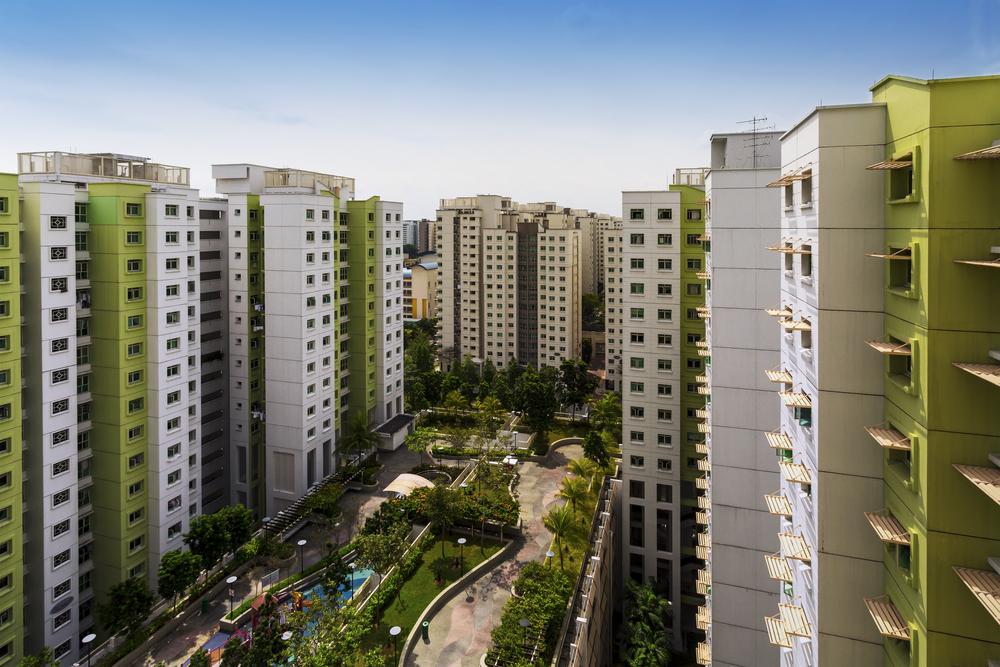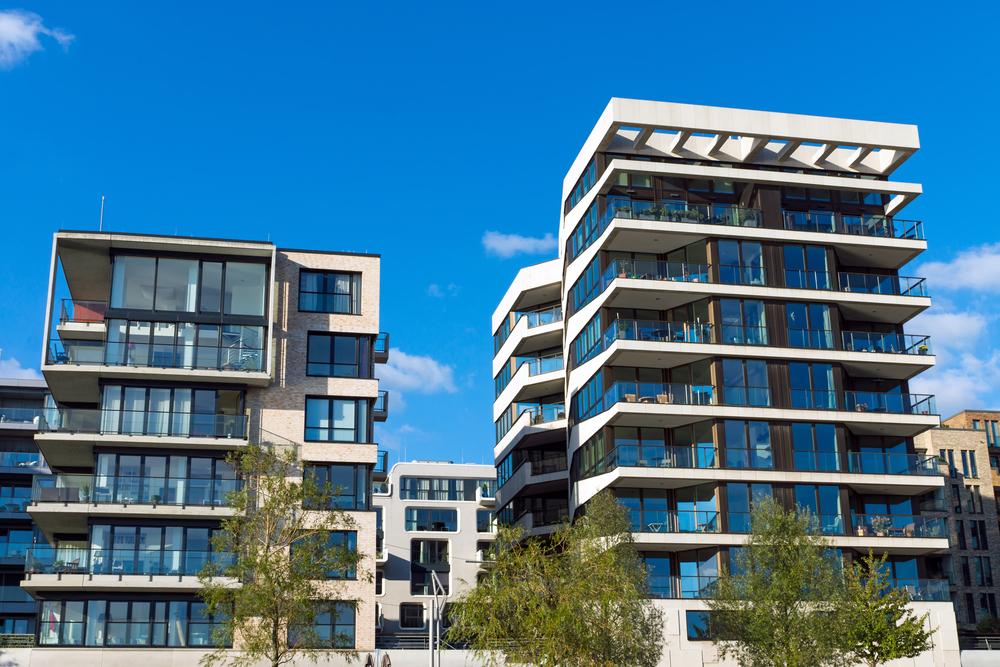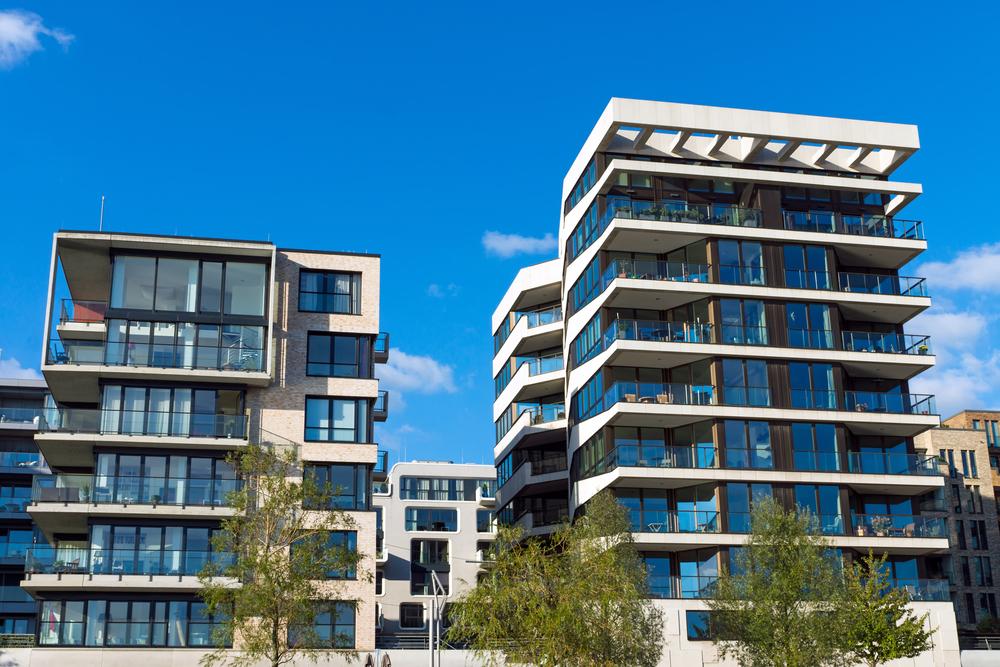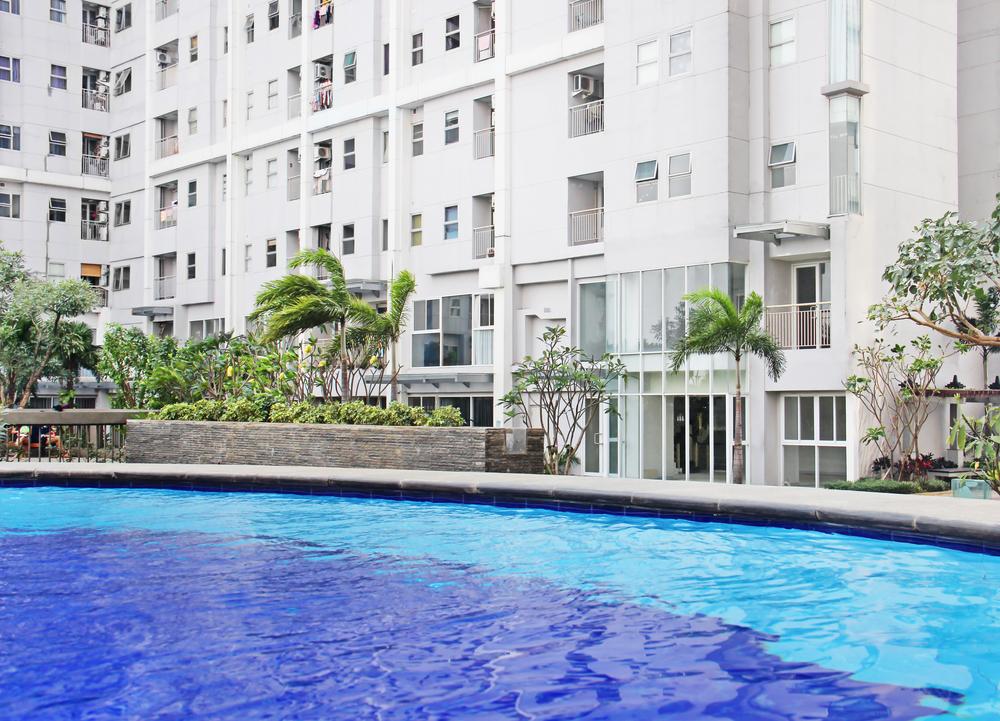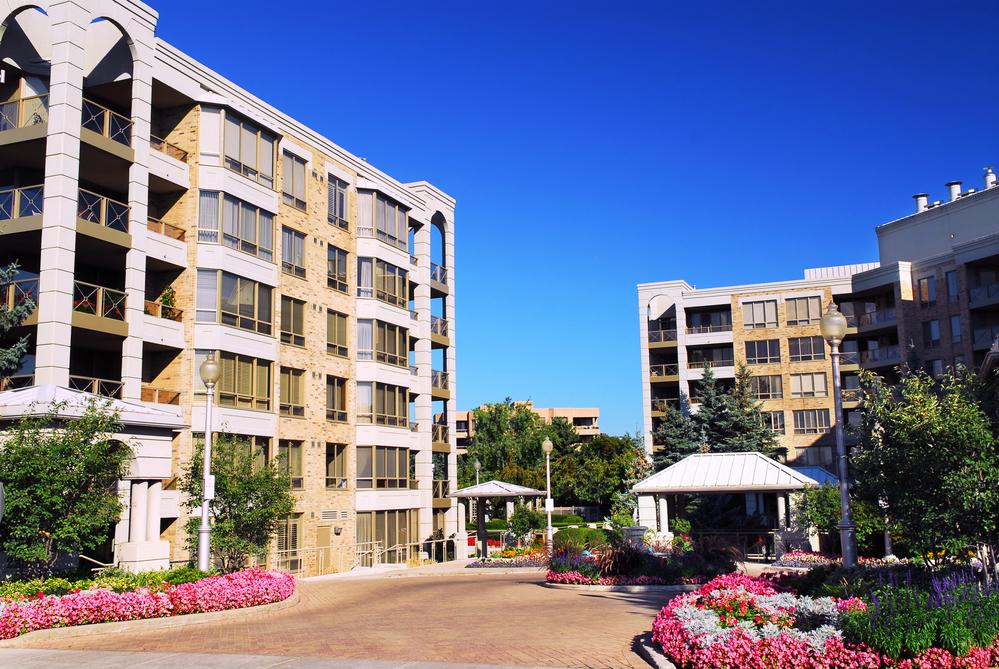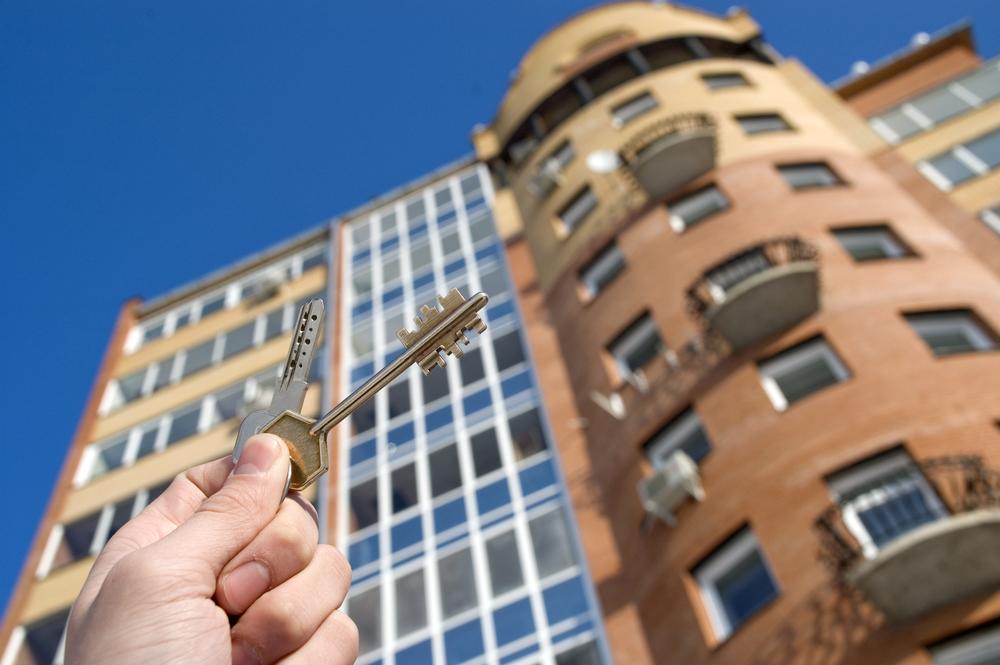
If they had the option of working from home, many office workers in Singapore prefer working from home instead of commuting to work. A recent survey conducted by Unispace, a leading international design firm for office spaces Unispace indicates that the majority of employers aren’t aware of the reason for this disinclination to go back to work.
“Singaporean workers are still hesitant returning to their workplaces and many are dissatisfied with the services that their employers offer, that do not allow employees to fulfill their tasks as effectively as they could,” says Sean Moran the senior principal of clients solutions Asia in Unispace.
J’Den new launch modern mixed-use development located in the vibrant Jurong East neighbourhood in District 22 of Singapore.
Its Unispace Global Workplace Insights report entitled Rejoining to Goodsurveyed 9500 employees and 6,650 business executives across 17 countries, which includes 500 Singapore employees and 250 top decision-makers from Singapore businesses with more than 50 employees.
A misinterpretation between employers and employees
Moran observes that a gap exist between companies and employees that centers around the idea of what a modern office ought to look like and offer.
Based on the findings the business leaders surveyed in Singapore appear to have misinterpreted what’s preventing an increase in the number of people returning to work, believing that their employees’ disinterest results from a long commute, and “the possibility of eating more healthy from home”.
On the other hand around 68% of the Singapore employees reported they are unable to perform their primary job within their office space because of distractions. They also complain about a lack of privacy at work when compared to their home office and the feeling of being less productive when working in a remote work environment and the notion that they’re more productive when they are at home.
“While employers are of the opinion that employees are reluctant to return to work is a result of convenience, workers are more focused on working in environments which are uncluttered and permit them to focus more efficiently,” says Moran.
The report also states that although over half (56%) of the respondents Singapore employees work hot-desking at the office and the majority (94% of the respondents believe they’d prefer to work more often in the event of having an allocated space. In addition the survey revealed that 61% stated that they’d reduce their pay to work from home and the majority of respondents (66%) say that% claim to be adversely affected by burn-out.
Crafting effective workplaces
Employers should get their office layout and space planning in order or they could find it harder to recruit and keep talent, according to Moran. “The workplace is often the very first thing a candidate will receive when they attend an interview. It’s a glimpse for applicants to get a glimpse of what they’ll be seeing and how they’ll perform in the coming years. The office space is a reflection of the corporate culture.”
He suggests employers think about having more privacy-friendly spaces for employees within their workplace design including telephone booths or small meeting rooms. However, this is also contingent on the culture of the company so a survey of employees to learn about their preferences and preferences is vital prior to making a decision to revamp.
In Singapore the market for office space is experiencing difficulties that stem from the lack of new Grade-A office buildings along with the rising cost of office construction and fit-out costs, according to Moran. However, Unispace discovered that 76% of the business executives it interviewed in Singapore claim that they have extended their office spaces in the past two years. Some are also planning to redesign existing offices.
“We are seeing increasing numbers of companies investing in building or re-building their workplaces post-Covid in order to motivate employees to return back to work,” says Moran. A decrease in human connection during the outbreak led to businesses losing talent due to less engagement and dedication Moran says.
He continues: “Though rental fees, construction and manpower fees are more costly in Singapore but the office will also have key performance indicators to the businesses in terms of recruitment and retention of talent.”
The office space can step into balance the requirements of employers and employees by balancing office density, collaboration spaces and other amenities, according to Joanne Morris, head of delivery and design, Asia at Unispace.
“More companies are constructing bigger, more shared spaces that include entertainment elements such as gaming rooms as well as fitness facilities and even pantries offering free beverages Even the legal and banking sectors are seen as conservative and traditionalare open to hot-desking as well as meeting rooms with innovative elements to boost employee engagement,” she says.
Then, in Singapore, Unispace worked on the design of VaynerMedia APAC, a creative agency located at 1557 Keppel Road. A fifth of the space is utilized as a stage that can be used for various functions like events for launch, photoshoots, as well as town halls. There are a variety of spaces for collaboration, rather than desks that are dedicated, and the majority work areas are open spaces.
Moran says that an emphasis on the experience at work is important as the next generation is entering the workforce. “We see more and more companies providing more amenities to lure the employees to return their offices including games rooms as well as free snacks and drinks as well as comfortable furniture. These are all things that will definitely draw the younger generation,” he says.
The future of HTML0
Looking into the future, Moran sees an emerging trend among occupiers who are looking to relocate to Grade-B properties located in CBD and city-fringe areas, shops, and industrial zones. These options for real estate are attractive to certain businesses due to the dimensions and flexibility of the area.
“We notice that more businesses are making changes to their business strategies and working environments, from traditional desks to incorporating more sustainable and health-related elements to their workplaces” Moran says. Moran. “More open and well-being spaces will provide a more relaxing working environment…which could draw more workers back to work and keep them.”
For businesses that are taking on a major overhaul of their workplace, it’s an opportunity for employees to be involved to design workplaces that enable individuals to thrive. “Singapore’s high rate of burnout (66% compared to a average worldwide that is 59%) means that it’s the responsibility of employers to provide employees with the necessary facilities to fulfill their responsibilities to the best of their ability,” says Moran.
The study shows that employees and employers in Singapore anticipate more time at the office in future, even though many workers complain of having a difficult time carrying their jobs as he explains. “This indicates that companies are still struggling to design spaces where employees can perform as effectively at work as they would be from home.”



